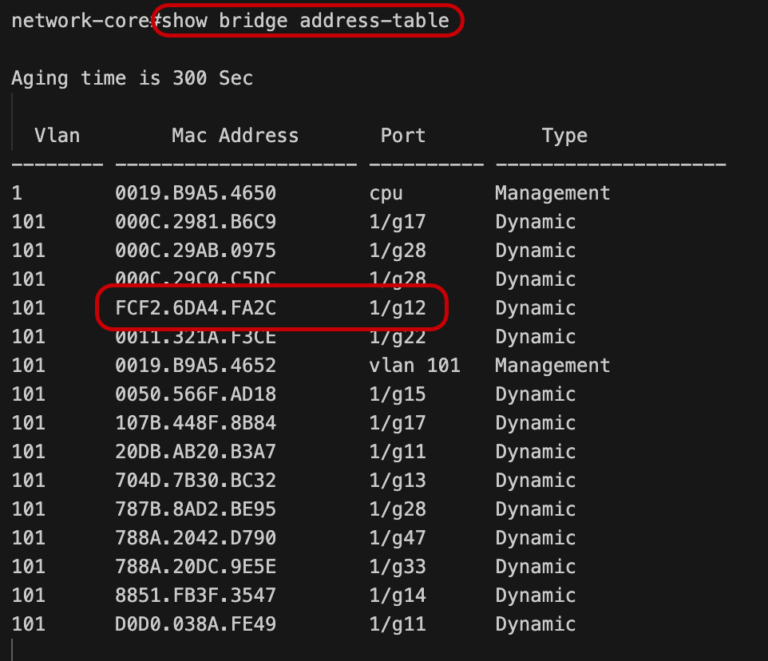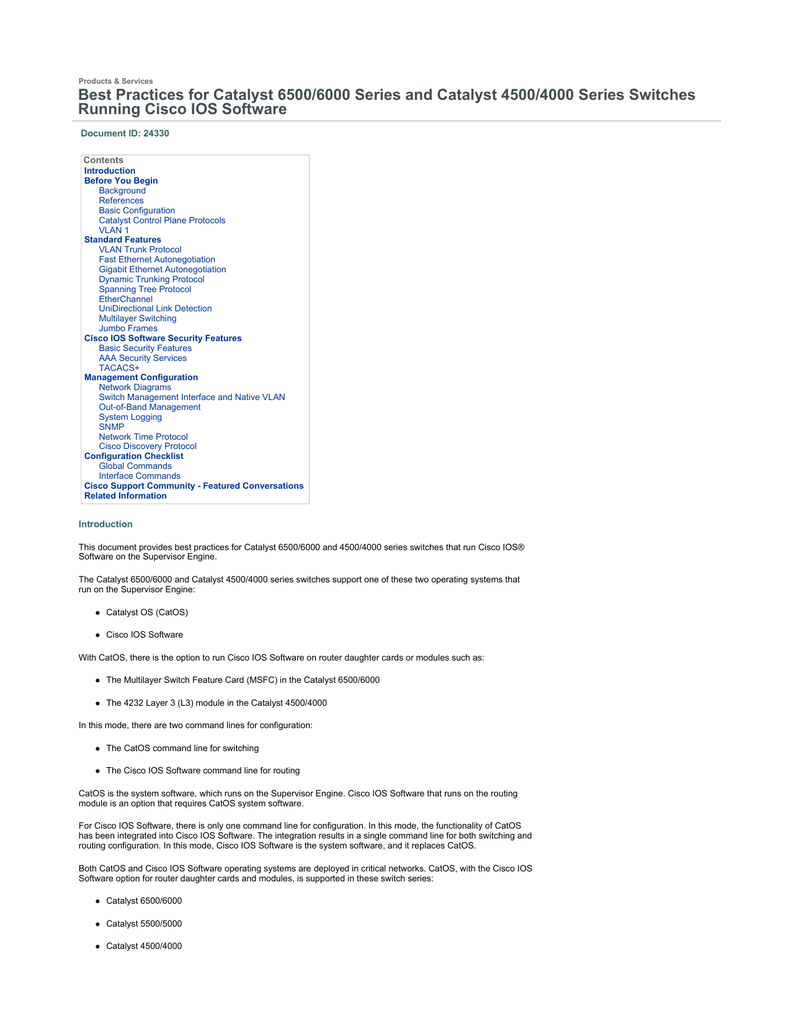

Set the bandwidth of point-to-multipoint links to the total CIR for all VCs assigned to the sub-interface (bandwidth is divided amongst the PVCs).Set the bandwidth of point-to-point links to the CIR of the PVC.In order to assure that EIGRP traffic doesn’t consume all bandwidth its essential to adjust the bandwidth statement on an interface. By default EIGRP will consume up to 50% of bandwidth of the interface.

As frame relay is NBMA medium, multicasts cannot be used for EIGRP updates, hence the WAN router must send/receive updates to each neighbour. On a WAN router running frame relay the device may literally have hundreds of PVCs. Note that even though we enable split-horizon B1 and B2 will still not form a neighbour adjacency with each-other, however WAN1 will form adjacencies with both routers. The solution is to disable split horizon on the multipoint sub-interface of WAN1 using the command no ip split-horizon eigrp.
#Catos show mac address table update#
Split horizon prevents WAN1 from advertising the update from B1 to B2.B1 and B2 will be unable to form neighbour adjacencies as there is no PVC between the two devices (L2 frames are not forwarded by WAN1, so Hello’s don’t reach each other).Update – contains prefix, prefix length, metric components (bandwidth, delay, reliability, load) & non-metric components (MTU, hop count)Ī number of interesting issues can arise when running EIGRP across a Frame Relay network.EIGRP updates rely on Reliable Transport Protocol (RTP).On point-to-multipoint links each multicast update is acknowledged with unicast ACK from each neighbour.On point-to-point each update is acknowledged by neighbour.Route filtering and route summarisation also affect which prefixes are advertised.
#Catos show mac address table full#
Split horizon limits the prefixes EIGRP advertises in both full and partial updates.If neighbours fail and recover, full updates occur.If a prefix changes in anyway (ie link failure, metric changes) partial updates are exchanged.After initial flood of all prefixes, updates with the neighbour will cease until a network change occurs (ie no periodic updates).



 0 kommentar(er)
0 kommentar(er)
